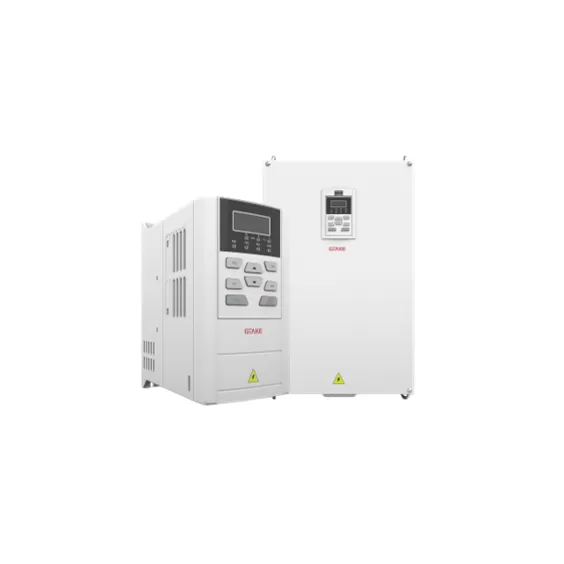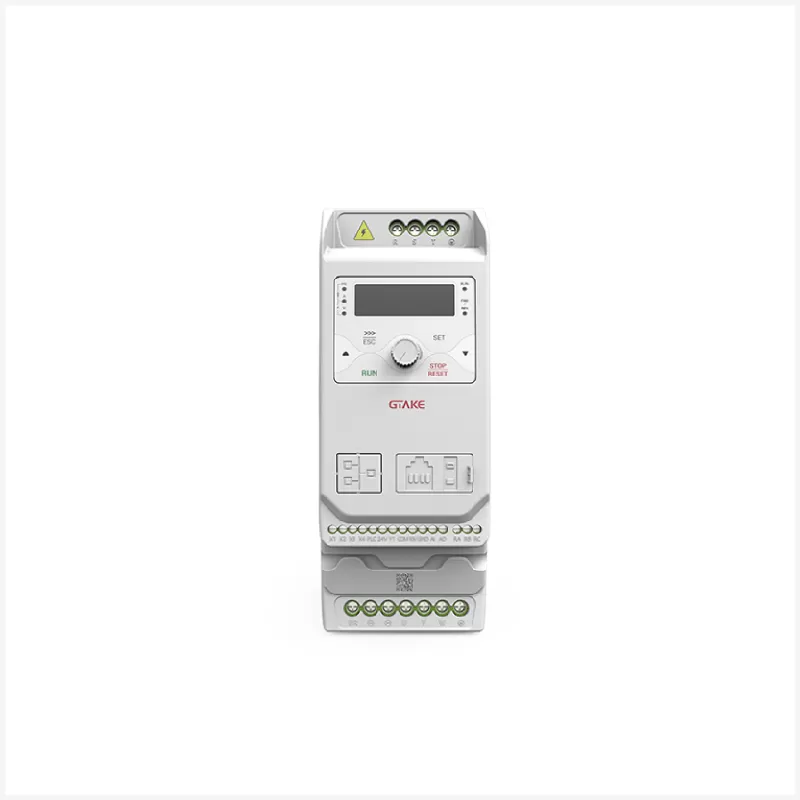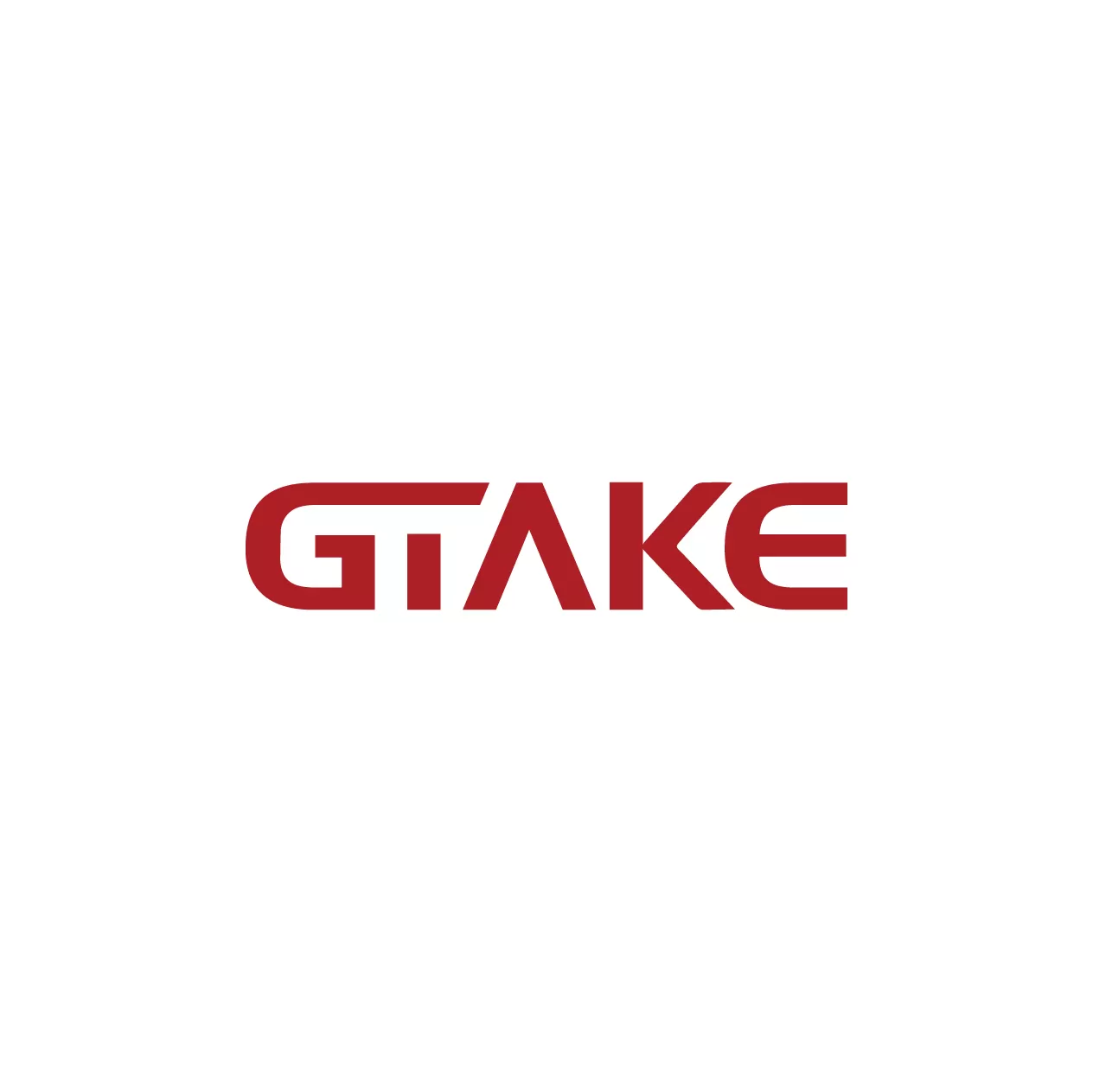Inverter Drives, often referred to as Variable Frequency Drives (VFDs), are pivotal in modern industrial automation. These devices are designed to control the speed and torque of AC induction motors, which are widely used in various applications, including HVAC systems, conveyor belts, pumps, and fans. By converting alternating current (AC) mains electricity into direct current (DC) and then back into variable frequency AC, VFDs offer precise control over motor performance, enhancing energy efficiency and operational flexibility.
The Conversion Process
The operation of an inverter drive begins with the conversion of AC power. When AC mains electricity enters the VFD, it is first rectified into DC. This rectification process is often facilitated by a series of diodes that allow current to flow in one direction only. After rectification, the DC voltage is smoothed using capacitors and sometimes a DC choke, which helps to reduce voltage ripples and stabilize the supply.
Once the DC voltage is prepared, it is fed into an Intelligent Power Module (IPM). The IPM contains power transistors that play a crucial role in the inverter’s operation. These transistors switch the DC back to AC by rapidly turning on and off, generating a series of pulses that mimic a sine wave. This pulse generation is fundamental for creating the variable frequency output that allows for precise motor control.

Understanding Pulse Width Modulation (PWM)
At the heart of how VFDs manage motor speed and torque is a technique known as Pulse Width Modulation (PWM). PWM involves switching the DC voltage on and off at high speeds, creating a train of pulses. The key to PWM is the duty cycle, which is the ratio of the ‘on’ time to the total time of the pulse cycle. By adjusting this duty cycle, the VFD can control the average voltage and current delivered to the motor.
In practical terms, when a wider pulse is generated, more power is supplied to the motor, increasing its speed. Conversely, narrower pulses reduce the power, slowing the motor down. This dynamic control allows VFDs to adapt motor performance to varying load conditions, improving efficiency and reducing energy consumption.
Frequency and Voltage Control
The relationship between frequency and motor speed is essential for efficient motor operation. Most AC induction motors are designed to run at a specific speed determined by the supply frequency. For instance, a motor running on a 50Hz supply typically operates at a synchronous speed of 1500 RPM (for a four-pole motor).
By manipulating the output frequency of the VFD, the speed of the motor can be adjusted to meet specific operational requirements. The typical switching frequency of a VFD ranges from 3kHz to 4kHz, allowing it to produce the desired 50Hz output. This modulation of pulse width directly impacts both the voltage and frequency supplied to the motor, providing an efficient means of controlling motor speed.
Electrical Braking Mechanism
In many applications, rapid deceleration of the motor is required. VFDs facilitate this through an electrical braking mechanism. When the load’s inertia attempts to return energy to the inverter, the bus voltage can rise, potentially leading to system instability if not properly managed.
To counteract this, VFDs often employ a braking resistor, which dissipates excess energy safely. The braking resistor is typically sized to match the current rating of the VFD, ensuring it can handle the energy generated during deceleration. This braking mechanism is critical for applications requiring quick stops, such as in conveyor systems or machinery where precision control is necessary.

Advantages of VFDs
VFDs offer numerous advantages over traditional motor control methods, making them the preferred choice in various industrial applications:
- Energy Efficiency: By controlling the speed and torque of motors based on demand, VFDs significantly reduce energy consumption. This is particularly important in systems where motors operate at varying loads, as it prevents energy wastage.
- Reduced Mechanical Stress: VFDs allow for smooth acceleration and deceleration, which minimizes mechanical wear and tear on motor components and connected machinery. This extends the lifespan of both the motor and the equipment it drives.
- Enhanced Process Control: With precise control over motor speed and torque, VFDs enable better process management in industrial applications. This leads to improved product quality, consistency, and efficiency.
- Versatility: VFDs can be used in a wide range of applications, from simple fans to complex automation systems. Their adaptability makes them suitable for various industries, including manufacturing, water treatment, and HVAC.
- Reduced Noise and Vibration: By controlling motor speeds and allowing for gradual starts and stops, VFDs contribute to lower operational noise and vibration levels, enhancing workplace comfort.
Conclusion
In summary, Inverter Drives are crucial for controlling AC induction motors, employing advanced techniques such as Pulse Width Modulation. These drives enhance energy efficiency, reduce mechanical stress, and improve process control across a variety of industrial applications. As technology continues to evolve, VFDs are expected to become even more efficient and versatile, providing enhanced control and flexibility for modern industrial automation.
At GTAKE, we are dedicated to making lasting contributions to motor control and clean energy systems. Our integration of cutting-edge technologies into industrial variable frequency drives and servo drives supports a sustainable future. With a focus on superior efficiency and reliability, our solutions cater to the growing demand for advanced automation systems and energy management. Partner with us for innovative solutions that drive performance and reduce emissions, paving the way for a cleaner, smarter world.
